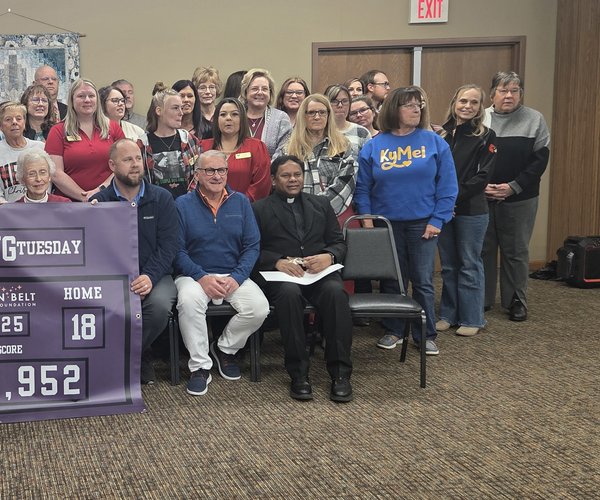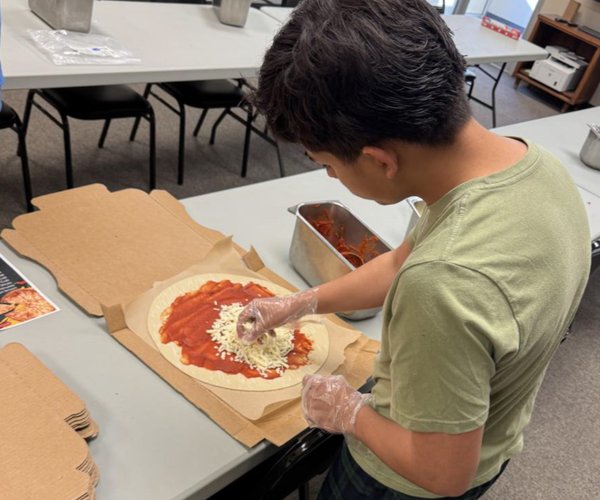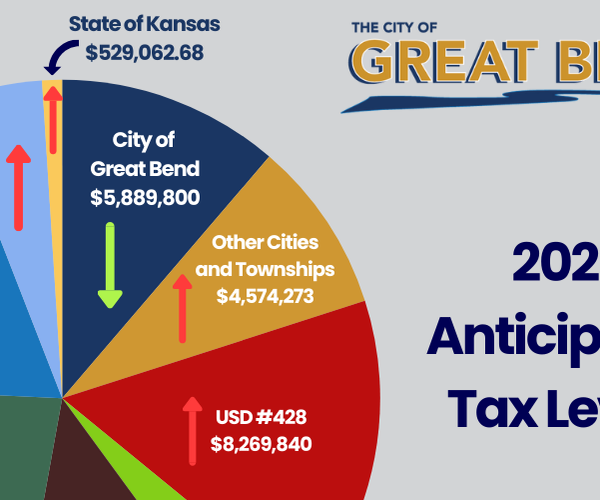WASHINGTON D.C. — On the afternoon of Thursday Feb. 13, Sen. Jerry Moran (R-Kan) took his message to the Senate floor about legislation he has helped introduce to move the Food For Peace program from the beleaguered USAID agency to the U.S. Department of Agriculture.
The move was first proposed last Tuesday by Kansas Rep. Tracey Mann with support from the Kansas delegation and others as a means to not only continue the FFP program, but as a protection for Kansas farmers and grain storage managers to preserve a market outlet for grain sorghum, which represents a significant portion of the Kansas agriculture economy.
In his floor speech, Sen. Moran also higlighted the importance of Food For Peace for national security, as well as a means to feed the world’s hungry.
“In conjunction with the President’s action, I’ve introduced a bill with Sen. John Hoeven, Sen. Roger Marshall and Rep. Tracey Mann to move Food for Peace from the turbulent USAID and move it to the Department of Agriculture in an effort to prevent waste and bring the program closer to farmers that depend upon it,” Moran said. “By placing Food for Peace under USDA’s authority, we can make certain that the program is in good hands and can continue to bring revenue to American agriculture.
“Just a little over an hour ago, the Senate confirmed the new Secretary of Agriculture, Brooke Rollins,” Moran noted. “I have no doubt she will be an excellent advocate for our nation’s farmers, and I appreciate the conversations we’ve already had on this legislation and her excitement to work on this proposal with me.”
On the Senate floor
Moran’s message pointed to the program as a Kansas legacy, as well as its necessity for Kansans and others.
“Today, I want to speak about a program that has shaped our nation’s humanitarian efforts and made a significant impact on my home state of Kansas, a program called Food for Peace. In 1953, agricultural surpluses had reached an all-time high, but the price of storing excess commodities was too expensive to rationalize, and it was at risk of going to waste.
“Kansas farmers, like Cheyenne County’s Peter O’Brien, worked hard to cultivate and grow these commodities. Looking for a solution, Peter suggested at a local farm bureau meeting that maybe the excess food could be sent to countries in need. Peter understood that out of our abundance, we have a moral duty and opportunity to feed the hungry. His idea sparked the origin of a program we now know as Food for Peace.
“Another Kansan, one of my predecessors, Andy Schoeppel, led the Food for Peace Act in the Senate, which was signed into law by President Eisenhower, another Kansan, in 1954. And Senator Bob Dole from Russell, Kansas later championed the reauthorization of Food for Peace. The program’s premise was simple but impactful: by leveraging the food surpluses that we produce in Kansas and across the nation, we could address famine around the world while creating new markets for our commodities and bolstering our agricultural economy.
“The first shipments of American wheat and corn were sent to Korea and Greece in 1954, and by the end of Food for Peace’s initial year of operation, it had fed 1.2 million people. Over the last 70 years, the program has fed more than 4 billion people in more than 50 countries, all with American grown commodities.”
Hunger as a catalyst for conflict
“Hunger, whether driven by price increases or food shortages, can act as a catalyst for protests and armed conflict. We’ve seen how food can be used as a weapon of war as radical Islamic groups in Syria use food as a means to recruit soldiers. We’ve witnessed regions of the world that are critical to America’s strategic interest sent into chaos due to people not having access to affordable food.
“In a turbulent world stricken with conflict, American leadership is more than just our military and our economic might. Food aid provided by the United States reduces despair and increases stability within fragile countries by enabling economic productivity and minimizing the risk of radicalization.
“For countless individuals around the world, their survival is dependent upon the resources provided by the American people. These vulnerable populations rely on the strength and prosperity of the United States.
“However, much work remains in the ongoing battle against hunger, and part of that battle is improving the process and programs that administer our aid.
A necessary move
“Food for Peace is administered by the USAID, and the inefficiency of USAID has been growing concern. The agency struggles with bureaucratic delays, mismanagement, and a lack of coordination, which undermines its ability to deliver aid effectively to those in need. This inefficiency not only waste taxpayer dollars, but also diminishes the impact of Americans’ foreign aid in addressing global crisis.
“Reports suggest that millions of taxpayer dollars have been allocated to promoting tourism in Lebanon and Egypt, funding the purchase of electric vehicles for Vietnam and inadvertently supporting the cultivation of opium in Afghanistan. Even more concerning, it has been confirmed that $9 million intended for civilian food and medical supplies in Syria fell into the hands of terrorist organizations linked to Al-Qaeda due to the failed oversight of USAID.
“Amid these concerns of corruption, President Trump has taken steps to dismantle USAID. In conjunction with the President’s action and with approval of the White House policy team, I’ve introduced a bill with Senator John Hoeven and Senator Roger Marshall, and Representative Tracey Mann to move Food for Peace from the turbulent USAID program and move it to the Department of Agriculture in an effort to prevent waste and bring the program closer to farmers that depend upon it.
“USDA has a long and proven history of managing agricultural policy and programs that support American farmers, food distribution systems and global security efforts. USDA has boots on the ground and the infrastructure already in place to support the logistics for food assistance. The agency understands how to move crops efficiently, sustainably and quickly. This knowledge is indispensable when responding to international crises, where speed and reliability can mean the difference between life and death. By placing Food for Peace under USDA’s authority, we make certain that the program is in good hands and can continue to bring revenue to American agriculture.”
In conclusion
“In rural America, food assistance programs like Food for Peace put American-grown products in the hands of the hungry, and this food is a tangible extension of the hard work and dedication of farmers and ranchers,” Moran concluded. “I’m pleased to help find ways to make our delivery of food aid more effective, more efficient and remove the challenges and things that we’ve seen that are so disturbing. Food for Peace bolsters the farmers who feed us, creates a more stable world and feeds the hungry.”





